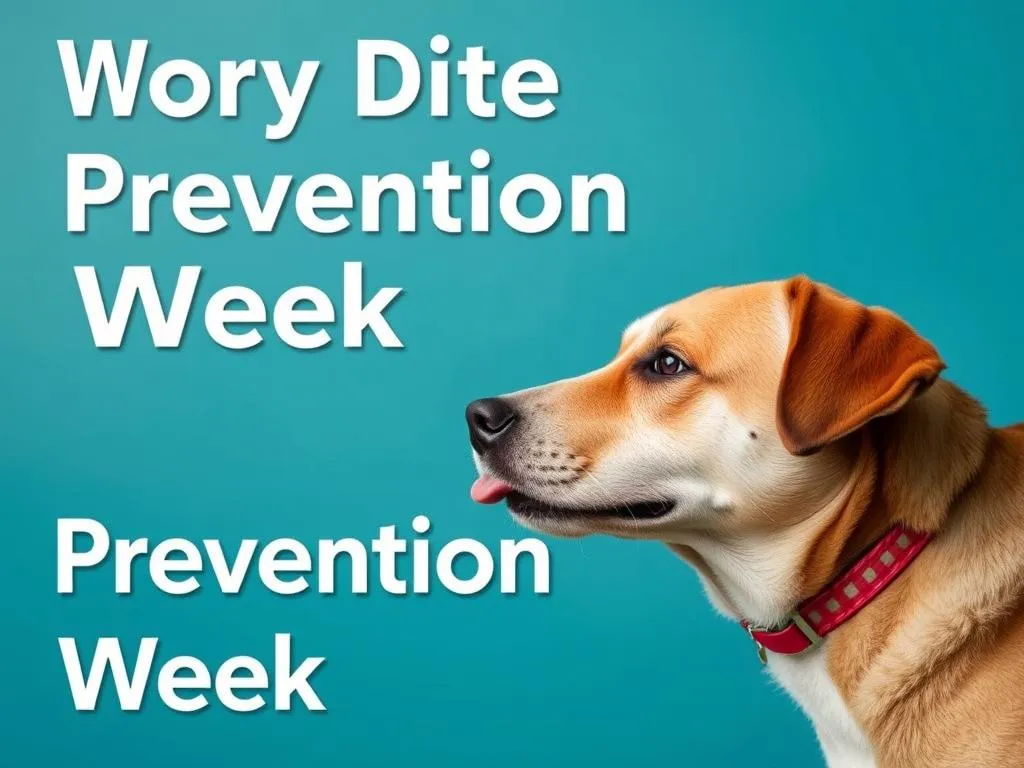
Dog bites can lead to serious injuries and emotional trauma for both victims and their canine counterparts. Understanding the dynamics of dog behavior and recognizing the importance of Dog Bite Prevention Week can help mitigate these incidents. With statistics indicating that nearly 4.5 million dog bites occur in the U.S. each year, awareness and education are crucial components in reducing these numbers.
Understanding Dog Bites
Statistics on Dog Bites
In the United States, approximately 4.5 million dog bites are reported each year. Alarmingly, nearly 800,000 of those bites require medical attention. Children are often the most affected demographic, with kids aged 5 to 9 years being at the highest risk. Moreover, the CDC reports that dogs with unknown vaccination status or those living in homes without proper training are more likely to bite. The impact of dog bites extends beyond physical injuries; they can lead to psychological effects, contributing to fear and anxiety around dogs within affected communities.
Causes of Dog Bites
Understanding the causes of dog bites is essential in prevention. Behavioral triggers in dogs are often linked to fear, anxiety, or a protective instinct over territory or possessions. Situational factors, such as being approached too quickly or startling a dog, can also lead to aggressive reactions. The owner’s role cannot be understated; responsible pet ownership, including proper training, socialization, and understanding canine behavior, plays a significant part in preventing bites.
Myths and Misconceptions about Dog Behavior
Several myths surround dog behavior that can contribute to misconceptions about bites. One common myth is that certain breeds are inherently dangerous. In reality, a dog’s upbringing and environmental factors significantly influence behavior. Understanding that aggression often stems from fear rather than breed can help reshape our approach to dog ownership and safety. Familiarizing ourselves with canine body language can further aid in recognizing when a dog may feel threatened or anxious.
When is Dog Bite Prevention Week?
Annual Observance
Dog Bite Prevention Week is observed annually in the second week of April. This week was established to raise awareness about the seriousness of dog bites and to promote responsible dog ownership. The timing is significant, as it falls during the spring and summer months when more people are outdoors with their pets, increasing the likelihood of interactions between dogs and the public.
How It’s Celebrated
During Dog Bite Prevention Week, various activities and events are organized to engage communities and promote education. Organizations such as the American Humane Association and local animal shelters often lead initiatives that include workshops, informational booths, and community outreach programs. These events aim to educate the public about dog behavior, responsible pet ownership, and safety tips for interacting with dogs, especially for children.
Prevention Strategies
Educating the Public
Public education is a cornerstone of dog bite prevention. Community awareness campaigns can help disseminate essential information about safe practices around dogs. Resources like brochures, informative websites, and workshops can significantly contribute to community knowledge. Schools and community centers can serve as vital platforms for educating children and families about dog safety.
Responsible Dog Ownership
Dog owners play a pivotal role in preventing bites. Here are some tips for dog owners:
- Training and Socialization: Early training and positive socialization experiences can help dogs feel more comfortable around people and other animals.
- Regular Exercise: A well-exercised dog is less likely to exhibit aggressive behavior due to pent-up energy.
- Spaying/Neutering: Altering pets can reduce aggressive tendencies and prevent unwanted litters, contributing to responsible ownership.
Additionally, understanding a dog’s triggers and providing a safe environment can help prevent potential incidents.
Safety Tips for Non-Dog Owners
For those who do not own dogs, knowing how to interact safely with unfamiliar dogs is crucial. Here are some guidelines to follow:
- Ask Before Approaching: Always ask the owner’s permission before petting a dog, especially if it is unfamiliar.
- Stay Calm: Quick movements or loud noises can startle a dog. Approach slowly and calmly.
- Observe Body Language: Learn to recognize signs of stress or anxiety in dogs, such as growling, barking, or backing away.
Educating children about dog safety is particularly important, as they may not instinctively recognize warning signs. Teaching them to respect a dog’s space and understand canine communication can significantly enhance their safety.
Resources for Further Education
Websites and Organizations
Various reputable organizations provide valuable resources for dog bite prevention. The Centers for Disease Control and Prevention (CDC), the American Society for the Prevention of Cruelty to Animals (ASPCA), and local animal control agencies offer educational materials that can help dog owners and the public understand dog behavior and safety measures.
Local Resources and Programs
Finding local dog training classes can be beneficial for owners seeking to improve their pet’s behavior. Many animal shelters and community centers offer programs during Dog Bite Prevention Week that focus on responsible ownership and safety. Connecting with local animal control can also provide insights into community events and resources available for education.
Conclusion
Dog Bite Prevention Week serves as an essential observance aimed at reducing the number of dog bite incidents through awareness, education, and responsible ownership. As we become more informed about canine behavior and safety strategies, we can contribute to a safer environment for both dogs and people. By participating in events and spreading awareness, we can collectively work towards reducing the impact of dog bites in our communities.
FAQs about Dog Bite Prevention
Common Questions
What to do if bitten by a dog?
If bitten, seek medical attention immediately. Clean the wound thoroughly and report the incident to local animal control to ensure that the dog is up-to-date on vaccinations.
How to report a dog bite incident?
Dog bites should be reported to local animal control or the police department. Document the incident with photos and witness statements to aid in the investigation.
What are the legal implications of dog bites?
Legal implications vary by state, but generally, dog owners may be held liable for injuries caused by their pets. Understanding local laws regarding dog bites can help owners protect themselves and others.
Expert Opinions
Veterinarians and dog trainers often emphasize the importance of education and communication in dog bite prevention. According to experts, understanding a dog’s body language and behavior can prevent many bites. A well-trained dog is not only a happier pet but also contributes to a safer community.
Additional Tips for Readers
Personal Stories or Testimonials
Sharing personal stories about dog bite incidents can shed light on the importance of prevention. Many individuals have experienced the trauma of bites, which can lead to long-term fear or anxiety around dogs. Conversely, positive outcomes from prevention efforts highlight the effectiveness of education and responsible pet ownership.
Engaging with the Community
Getting involved in local initiatives during Dog Bite Prevention Week can foster a sense of community and enhance safety. Consider organizing workshops or educational events that focus on dog safety and responsible ownership. Engaging in community projects can lead to increased awareness and reduced incidents of dog bites in the long run.









